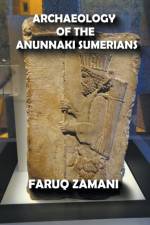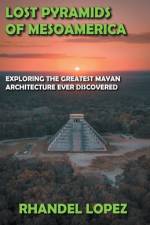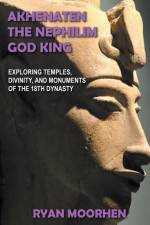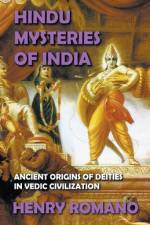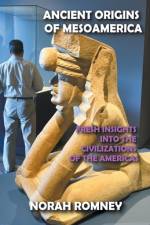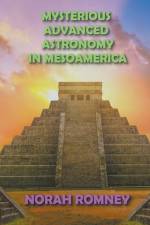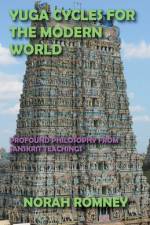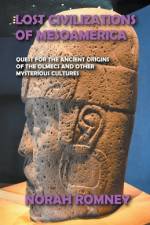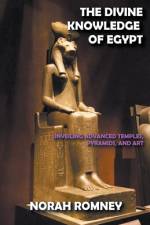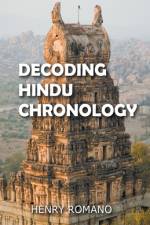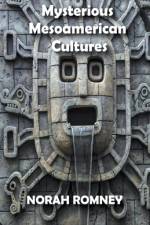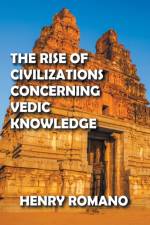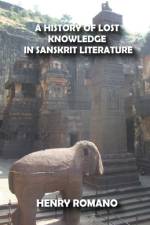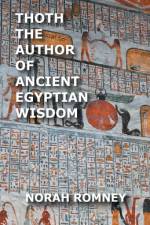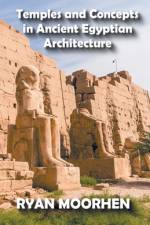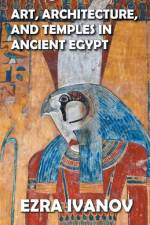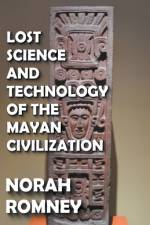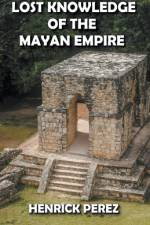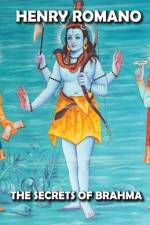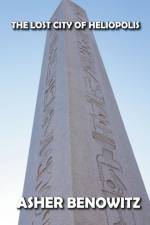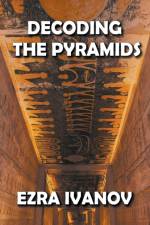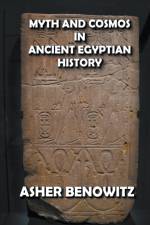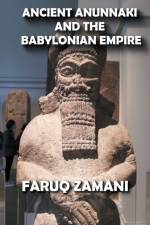von Faruq Zamani
26,00 €
The earliest history of Babylon is little known. Among the many cities flourishing in southern Iraq, the town first appears in texts in the third millennium BC. Until the last century of the third millennium, few references existed to Babylon; however, offerings made to the temple of Enlil in Nippur during this period (when Babylon was part of an empire ruled by Ur) suggest a city already of some size and wealth. From relative obscurity in the middle of the 18th century BC, Babylon emerged as the political center of southern Mesopotamia. It held this position almost continuously for the next 1,400 years.Near Baghdad, around 85 kilometers south of the Euphrates, is the site of Babylon. The area is located north of the great alluvial plain of southern Iraq, a landscape of silts deposited by the Tigris and Euphrates into a vast rift created by tectonic movement as the Arabian plate slips beneath the neighboring Eurasian plate. In addition to defining modern-day Iraq's northern and eastern boundaries, the Taurus and Zagros mountain ranges were created by the same collision. As a result, Mesopotamia encompasses several environmental zones, but Babylon itself is found in the flat alluvial plain in southern Iraq. In addition to containing one of the world's earliest cities3, the table is subject to several significant environmental constraints that have shaped human settlements since long before the foundation of Babylon. Rain-fed agriculture is beyond the reach of this area due to its high temperatures. Despite the little precipitation this part of Iraq receives, it is uneven and unreliable: the bulk of a season's rain can fall in a single downpour, damaging crops as severe droughts.4 Human habitation is dependent on the two great rivers, and the permanent settlement requires irrigation. Upon establishment, However, on the levees of canals, such a system could benefit from the rich alluvial soils and support highly productive agriculture. In explaining the region's early urbanization and accompanying economic development, many contend that the region's ability to produce large agricultural surpluses played a significant role, though in what way is hotly contested. Herodotus was undoubtedly impressed. As a grain-bearing country, Assyria [meaning Mesopotamia] is the richest globally, he writes in his description of the fifth century BC. Figs, grapes, olives, or other fruit trees are not grown there, but the grain fields tend to produce crops two hundredfold and three hundredfold in exceptional years. At least three inches wide are the wheat and barley blades. Millet and sesame grow to an astonishing size, as I know, but those who have not visited Babylon have refused to believe even what I have already described as its fertility. Sesame oil is the only oil they use, and date palms, most of which bear fruit, provide them with food, wine, and honey.

